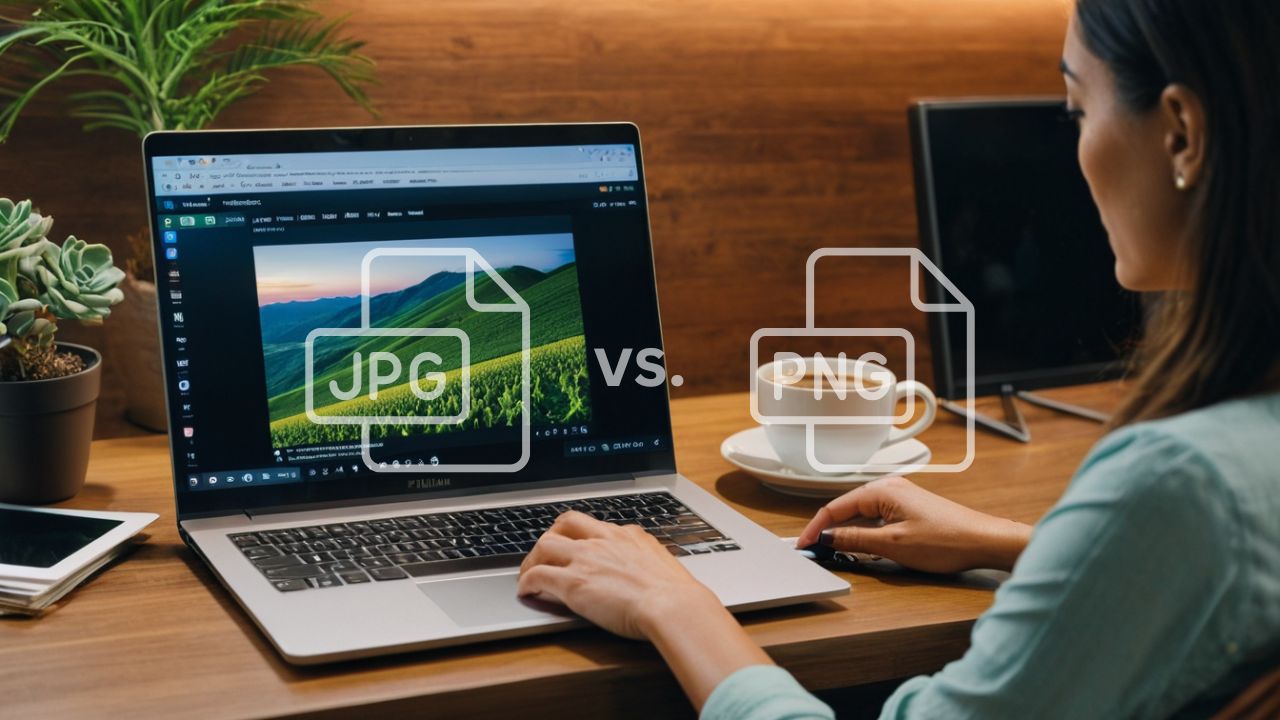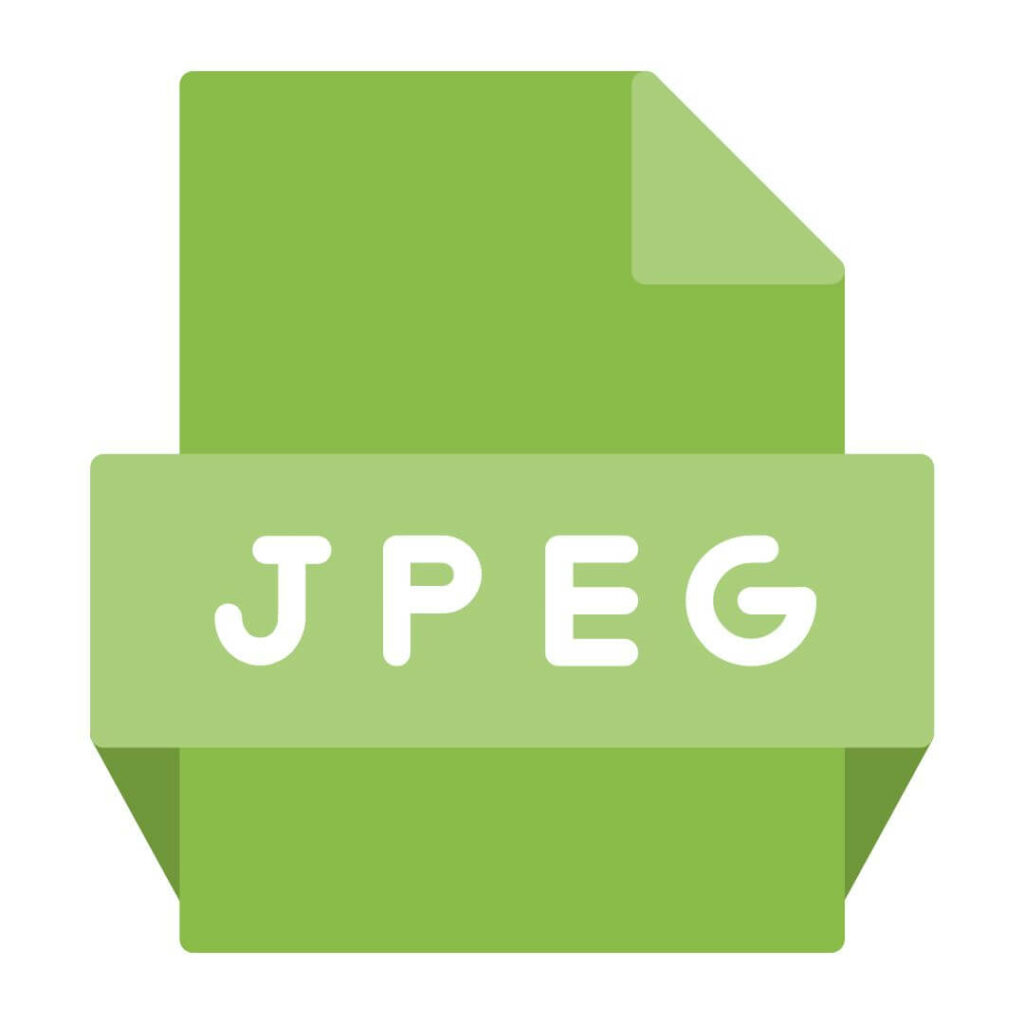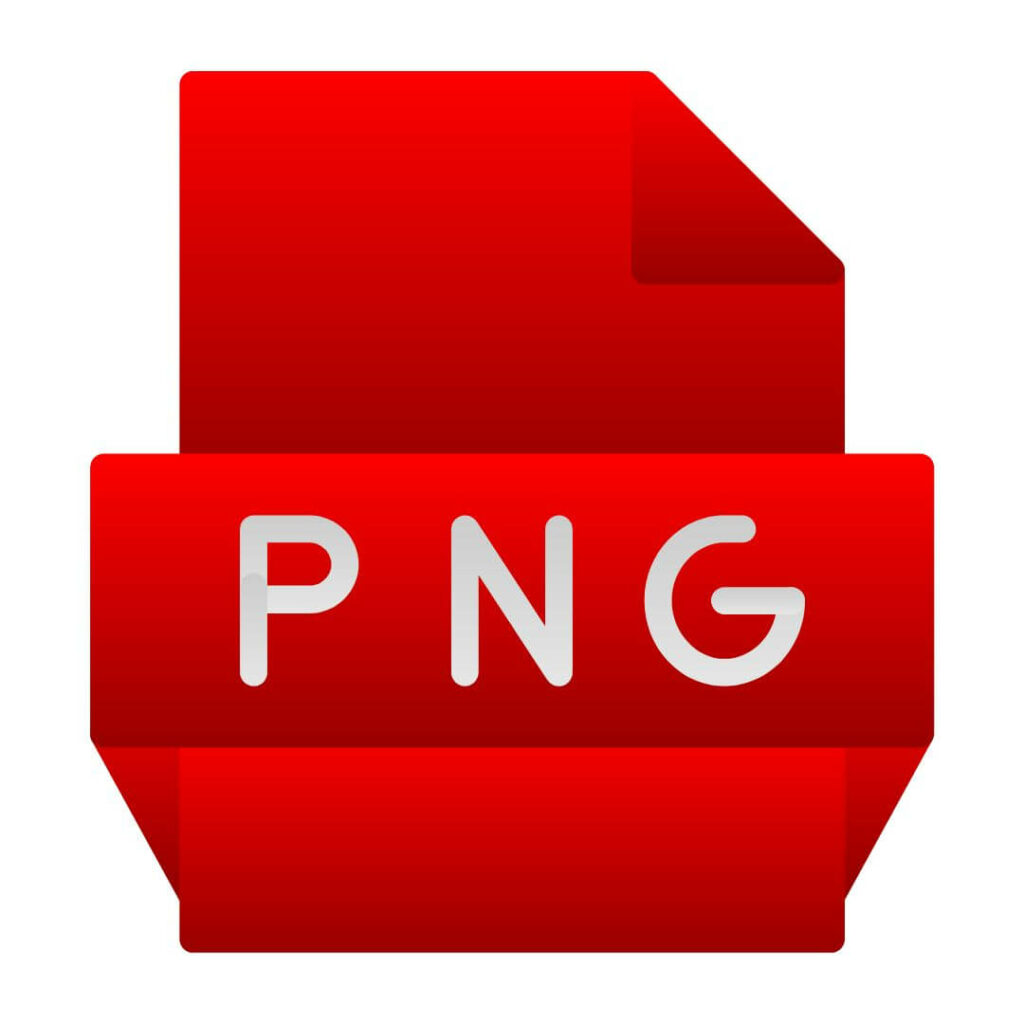Curious about the distinctions between image formats like JPEG and PNG? Confused about the .jpeg vs .jpg debate or animated PNGs? Get ready as we unravel the intricacies that make the ‘JPEG vs PNG’ differences more fascinating than you think. Let’s begin with the basics and work our way up!
JPEG vs PNG: Basics
The distinctions between JPEG and PNG boil down to three crucial differences. PNG outshines as a superior format in nearly every aspect, except for one notable exception. Beyond the pixels and colors that compose our visual experiences, lies a key aspect that sets PNG apart — transparency.
1 Transparency
While PNG embraces the concept of transparent pixels, JPEG takes a different approach by emphasizing opacity. Pixels are composed of the three primary colors RGB (Red, Green, and Blue).
In contrast, PNG introduces an additional channel known as the alpha channel. This alpha channel acts as the fourth dimension in pixel composition, determining the transparency or opacity of each pixel.
Envision it as layers of information – red, green, blue, and alpha. When the alpha channel is at zero, the pixel becomes invisible. At 100, it attains full opacity, and values in between allow for varying degrees of transparency. This transparency feature is not present in JPEG files, as every pixel maintains its full opacity.
2 Lossless vs Lossy Compression
When it comes to compression, PNG and JPEG take divergent paths. PNG opts for what’s known as lossless compression, while JPEG embraces the world of lossy compression.
Lossless compression, as the name implies, involves compressing an image without sacrificing any original data, effectively reducing file size while maintaining data integrity. On the flip side, JPEG’s lossy compression method discards information we supposedly don’t prioritize in perceiving the overall image. While this results in some data loss, the sacrificed information is generally deemed non-essential, enabling significant compression compared to lossless methods.
JPEG vs PNG: File Size
Now, let’s talk about file size – an area where JPEG claims superiority.
With PNG, compression is possible, but the reduction is minimal. In contrast, JPEG allows for aggressive compression, enabling users to shrink file sizes to their preference.
When saving a PNG file, it typically retains no compression, preserving its lossless nature. Although there’s an option for lossy compression in PNG, it’s not a standard practice.
Distinguishing between a well-compressed JPEG and a PNG can be challenging, especially at a glance. However, it’s important to note:
- JPEG is generally more suitable for photographs and images with gradients due to its lossy compression.
- PNG is preferred for images where precise detail and transparency are essential (graphics, logos, or images with sharp edges).
3 Max Bit Depth: The Spectrum of Colors
In the previous discussion, we mentioned color channels like RGB, each with its spectrum of information. Bit depth comes into play, determining the number of levels each channel can hold for a particular pixel. Essentially, it dictates the variety of shades available for each color.
For example:
Consider an 8-bit image, signifying 8 bits per channel – that translates to 256 possible shades for each channel. Multiply these three 256 numbers together, and you get around 16 million total possible colors, or 24 bits overall.
JPEG goes up to 8 bits or around 16 million colors. A range deemed sufficient given that the human eye supposedly distinguishes around 10 million colors.
PNG, with a maximum of 16 bits per channel, boasts around 65,000 possible shades per color channel. Crunch the numbers, and you’ll end up with an astonishing 231 trillion possible colors it can display!
Why Venture Beyond 8 bits?
Well, the 10 million color estimate is nuanced. The colors the human eye can see are not evenly distributed, like the colors a monitor can display. Also, the eye is more sensitive to certain hues, like greens. This complexity extends to how the brain interprets brightness versus color, making the distinction less straightforward than it may seem.
Plus, going beyond 8 bits becomes crucial when editing images. Cameras, often capturing about 12 bits in raw form, provide a reserve for manipulation. Editing actions like adjusting brightness or changing saturation can expose issues in lower bits, creating what’s known as banding. This effect is noticeable in heavily compressed images.
More Details About JPEG
Now, let’s explore the deeper intricacies of JPEG that extend beyond the basics:
- Firstly, the difference between .jpg and .jpeg is essentially non-existent. You can use either extension interchangeably (.jpg emerged due to older file systems supporting only three-letter file extensions).
- Secondly, JPEG offers flexibility in compression through its quality settings. Ranging from 0% to 100%, these settings allow you to control the level of compression. Choosing the right compression settings can impact file size and image quality.
- JPEG allows for chroma subsampling, a compression technique that removes certain color information while retaining brightness details. Many programs decide this automatically, considering factors like human eye sensitivity to brightness over color in certain situations.
- JPEG has alternative file extensions, such as JFIF. While less common, platforms like Twitter may occasionally save JPEG files as JFIF. Despite technical differences, they are essentially the same under the hood, with JFIF being a more basic version of JPEG. Free online JFIF to JPG converters facilitate a quick conversion between these formats.
More Details About PNG
- Despite being a lossless format, PNG provides users with optional compression levels ranging from 0 to 9. A compression level of 0 signifies no compression, resulting in the fastest saving process but the largest file size. Conversely, a compression level of 9 may take longer to save as it calculates compression intricacies, yielding a slightly smaller file size.
- It’s important to note that regardless of the compression level, PNG remains lossless. The additional time required for higher compression levels is due to the extensive calculations involved in maintaining this lossless quality, unlike JPEG, which discards data for faster processing. Even at maximum compression, the reduction in file size isn’t significantly smaller compared to the lowest compression levels, typically around 10 to 15%.
- PNG introduces different color-saving options, including grayscale, indexed color, and ‘TrueColor’.
In TrueColor mode, pixels are represented by RGB values, with varying shades based on the bit depth.
On the other hand, indexed color mode utilizes a palette system, limiting the image to 256 predefined colors. Instead of RGB values, each pixel is assigned an index, pointing to one of the 256 colors in the palette. This results in a much smaller but lower-quality image.
It’s crucial to understand the implications of using indexed color mode, especially when encountering terms like “Smaller File 8-bit” PNG in applications like Photoshop. In this context, “8-bit” refers not to bits per channel but to an overall 8-bit image, indicating a palette of 256 colors.
Animated PNG
Animated PNG is a lesser-known facet within the PNG specification. Despite their infrequent use, animated PNGs are pretty simple. They are a stack of PNG images listed as frames. Each frame specifies how long it should be displayed, creating a sequential animation.
Notably, animated PNGs lack interframe compression, distinguishing them from video codecs like MPEG. They can carry either a .PNG or an .APNG extension, providing flexibility in naming conventions.
Choosing the Right Format: JPEG vs PNG
After navigating through the differences of PNG and JPEG, let’s distill the key takeaways:
- If you need an image with transparency, PNG is your go-to solution. JPEG, lacking support for transparent pixels, is not suitable in this case. For images without transparency, both PNG and JPEG are contenders.
- When JPEG compression quality is sufficiently high, the visual difference between the two formats may be negligible in most scenarios, especially when viewing or basic editing. However, it’s essential to note that JPEG generally yields significantly smaller file sizes compared to PNG. If file size is a crucial factor and the quality difference is acceptable, JPEG might be the preferred choice.
- If preserving the absolute image quality is paramount, PNG is the safer bet. PNG ensures lossless compression, safeguarding every detail of the image. Just be cautious to avoid saving in the indexed color mode, as this can significantly reduce the color palette and compromise image quality.
In Conclusion
Transparency dictates PNG usage, while the choice between PNG and JPEG for opaque images involves a trade-off between file size and image quality. Assess your specific needs, considering factors like transparency, file size, and quality requirements, to make an informed decision.
Armed with this knowledge, you can confidently choose the format that aligns with your priorities!
File Conversion Possibilities with Online Convert
For anyone seeking an easy conversion of PNG and JPEG files, there is a versatile solution: Online Convert, a free online file converter.
If you need to transition from a transparent PNG to a more space-efficient JPEG or vice versa, Online Convert provides a user-friendly platform for swift conversions.
This tool eliminates the need for specialized software installations and ensures accessibility for users across different devices and operating systems.
Here’s how you can make the most of Online Convert:
- Access Anywhere: Online Convert is a web-based tool, meaning you can access it from any device with an internet connection. Whether you’re on a computer, tablet, or smartphone, the convenience of converting your images is just a few clicks away.
- Simple Interface: The user interface is designed for simplicity and ease of use. Navigate through the straightforward steps to upload your PNG or JPEG file, select your desired output format, and initiate the conversion process.
- File Preservation: Worried about losing image quality during the conversion? Online Convert strives to maintain the integrity of your files, ensuring a smooth transition between formats without compromising visuals.
- Quick and Efficient: Time is valuable, and Online Convert respects that. The conversion process is quick and efficient, allowing you to obtain the desired format swiftly.
Try out the versatility of Online Convert‘s Free Online Image Converter, and meet your specific image format needs with ease.



